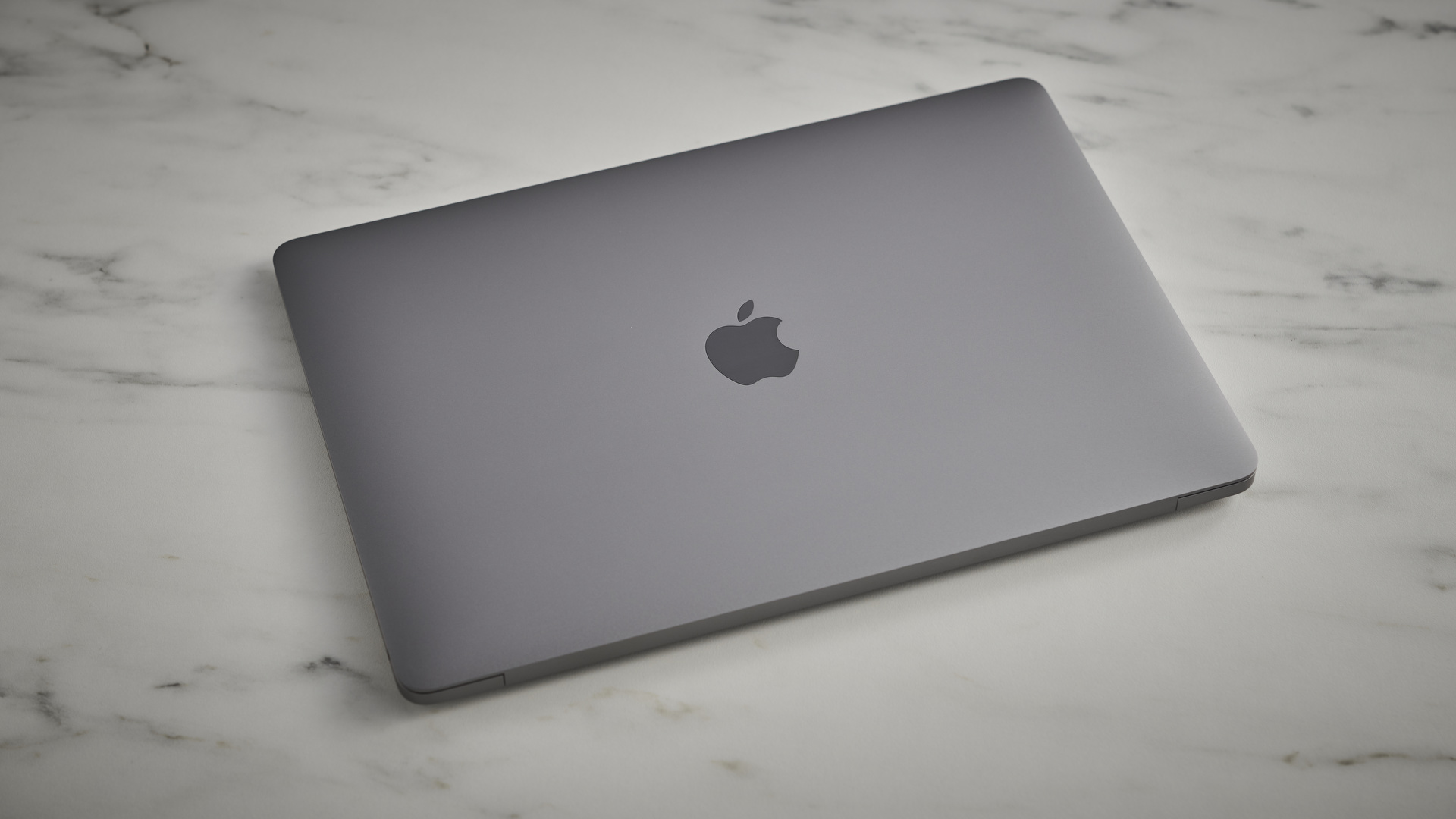Apple’s M1-powered Macs owe their storming success to the iPhone
M1 evolution can be traced back a decade to the development of the A7 SoC for the iPhone

Apple has knocked it out of the park with its M1 chip which powers some new MacBooks and the most recent Mac mini, but the origin of this superbly innovative bit of silicon can be traced back a decade.
As 9 to 5 Mac reports, some interesting details on how the M1 evolved have just been shared in a Twitter thread, courtesy of former Apple kernel engineer Shac Ron.
- Everything you need to know about macOS Big Sur
- Apple M1 chip: performance and specs
- All the best Macs to buy this year
Following a claim that it was the ‘impressive’ cache, not ARM architecture, that made the M1 a hit, Ron tweeted that this isn’t the case at all, and that the success of the M1 could be traced all the way back to the development of the Apple A7 64-bit ARM chip which finally emerged with the iPhone 5S back in 2013.
Apple planned to go super-wide with low clocks, highly OoO, highly speculative. They needed an ISA to enable that, which ARM provided.M1 performance is not so because of the ARM ISA, the ARM ISA is so because of Apple core performance plans a decade ago.January 5, 2021
As Ron observes, Apple contracted ARM to work on ARM64 chips for iPhones way back in 2010, and the development and blazing performance of today’s M1 can be traced back to those early core performance plans – with the central concepts being to “go super-wide with low clocks, highly OoO, highly speculative”.
Cores and clocks
In other words, going ‘super-wide’ refers to allowing a core to execute more instructions per clock cycle, with lower clock speeds to facilitate this (they were much lower back in the day, although the M1 is hardly a slouch at 3.2GHz). ‘OoO’, incidentally, refers to Out-of-Order, and ‘speculative’ refers to speculative execution, which is all part of the magic of getting that better performance level.
The end results for the M1 chip certainly speak for themselves, with the MacBook Air (M1, 2020) and MacBook Pro 13-inch (M1, 2020) getting glowing reviews from us, praising their seriously strong performance and giving a best-in-class award to the former model.
The other big piece of innovation brought in with these new devices was, of course, the Rosetta 2 technology that allows for existing apps (written for Intel-powered MacBooks) to run on these new ARM-based portables – and to run speedily, too, thanks to the power of the M1. Even to the point of running Windows 10 faster than Microsoft’s rival SQ2 ARM CPU that powers the Surface Pro X…
Get daily insight, inspiration and deals in your inbox
Sign up for breaking news, reviews, opinion, top tech deals, and more.
- Check out all the best laptops around
- Browse the latest cheap MacBook deals
Darren is a freelancer writing news and features for TechRadar (and occasionally T3) across a broad range of computing topics including CPUs, GPUs, various other hardware, VPNs, antivirus and more. He has written about tech for the best part of three decades, and writes books in his spare time (his debut novel - 'I Know What You Did Last Supper' - was published by Hachette UK in 2013).